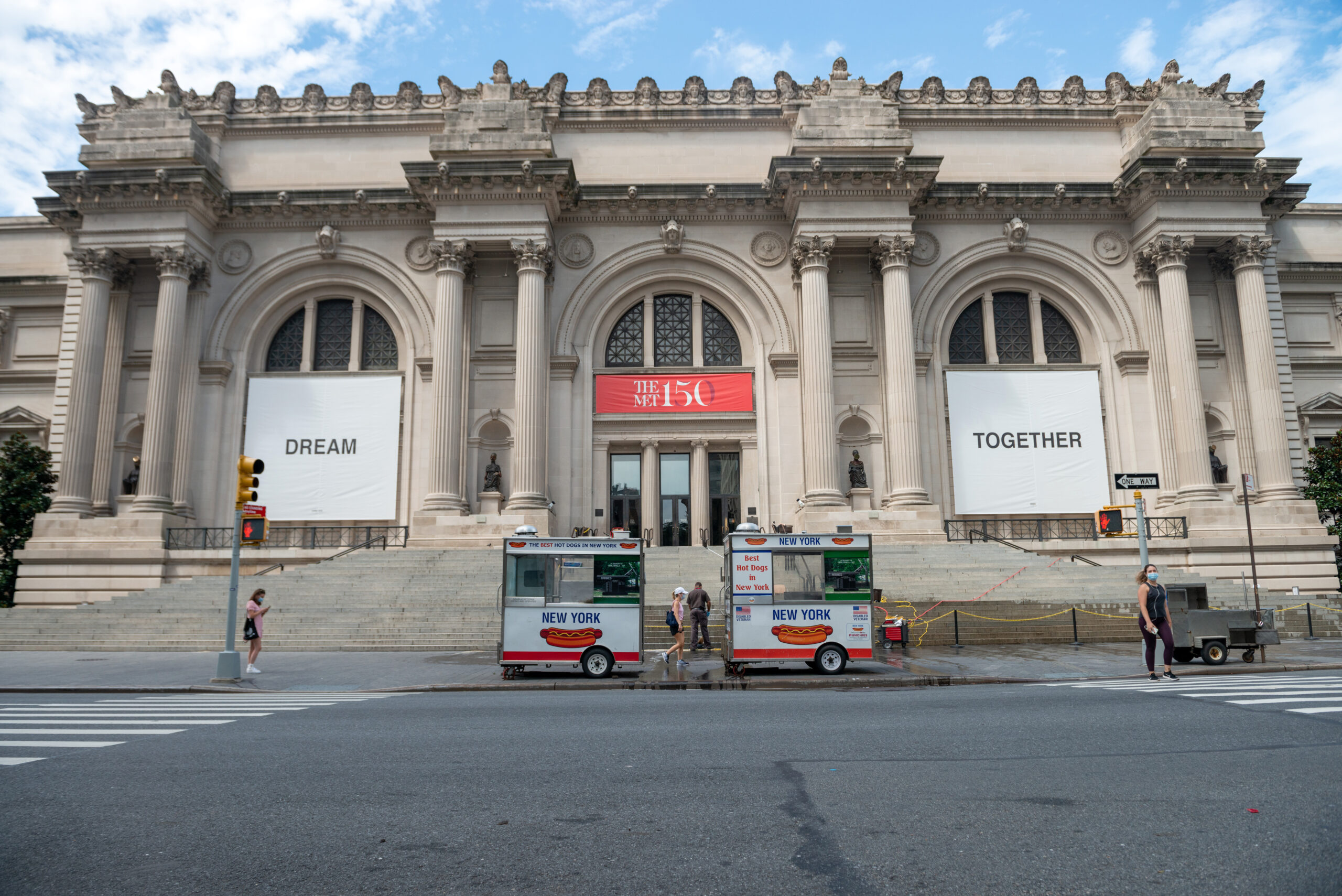The Metropolitan Museum of Art (MET) announced a new exhibition dedicated to the Harlem Renaissance. “The Harlem Renaissance and Transatlantic Modernism” opens in February 2024 and runs until the end of July. It will include paintings from Historically Black Colleges and Universities nationwide.
“Through some 160 works of painting, sculpture, photography, film, and ephemera, it will explore the comprehensive and far-reaching ways in which Black artists portrayed everyday modern life in the new Black cities that took shape in the 1920s–40s in New York City’s Harlem and nationwide in the early decades of the Great Migration when millions of African Americans began to move away from the segregated rural South,” the MET shared in a news release.
Viewers can expect work from legendary artists like Charles Alston, Aaron Douglas, Meta Warrick Fuller, William H. Johnson, Archibald Motley, Winold Reiss, Augusta Savage, James Van Der Zee, and Laura Wheeler Waring.
“Becoming painters of modern life within their own communities was key to what the Harlem artists were attempting,” Met curator Denise Murrell told The New York Times.
“It was an act of radical modernity, for example, to make portraits of an elder Black woman who would have been born into enslavement. And to make them in such a dignified way — those images simply did not exist in previous periods,” Murrell added.
Unfortunately, museums only started acquiring works from the Harlem Renaissance from 1918 to 1937, several decades after its conclusion. The New York Times reported that many invaluable cultural pieces found homes in private collections and HBCUs.
Black Women Artists of the Harlem Renaissance
The Harlem Renaissance witnessed the rise of several talented Black women artists who made indelible marks on the movement. These women challenged societal norms, boldly expressing their unique perspectives and voices.
Augusta Savage (1892 – 1962)
Among them was Augusta Savage, a renowned sculptor whose pieces highlighted Black experience and cultural pride. Her work, often a commentary on social issues, left a lasting legacy in the American art scene. One of her most celebrated sculptures is “The Harp.” It was influenced by the Negro spiritual “Lift Every Voice and Sing” and displayed at the 1939 New York World’s Fair. Beyond her contributions as an artist, Savage was also an educator and advocate. It was a testament to her ability to fuse artistic representation with cultural narratives. Beyond her contributions as an artist, Savage was also an educator and advocate. She established the Savage Studio of Arts and Crafts in the mid-1930s. She played an instrumental role in championing the careers of younger Black artists, ensuring they had platforms and opportunities in a period when racial discrimination was rampant. Her legacy is not only etched in the bronze and clay of her sculptures but also in the flourishing careers of countless artists she mentored and inspired.
Meta Warrick Fuller (1877 – 1968)
Meta Warrick Fuller was a pioneering African-American artist who delved deep into themes of race, spirituality, and the African diaspora with her profound sculptures. At a time when many artists of color faced stark societal limitations, Fuller boldly embraced her heritage, weaving intricate tales of African and Black American experiences into her works. Notably, her piece “Ethiopia Awakening” emulates the burgeoning racial pride and consciousness during the early 20th century. Fuller’s artistry was not just about form and beauty; it was a powerful communication medium, breaking barriers and challenging perceptions. Throughout her career, she carved a space for Black narratives in the predominantly white world of American sculpture, ensuring her legacy as an influential figure in both the arts and the broader fight for racial recognition and respect.
